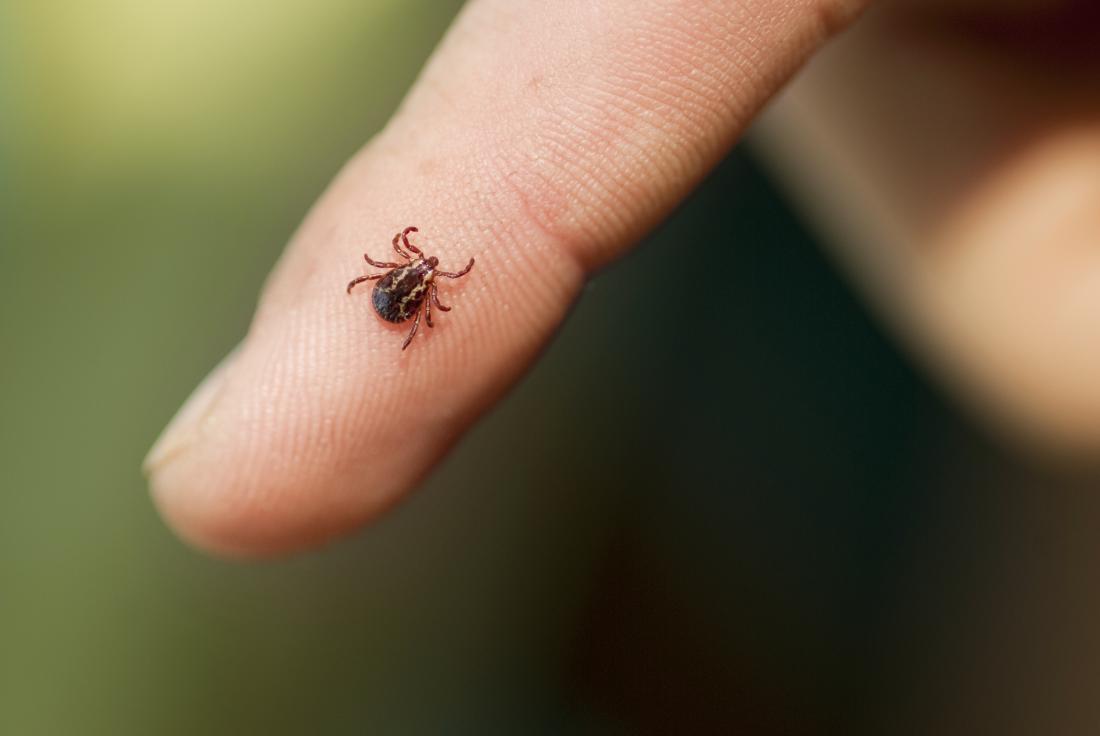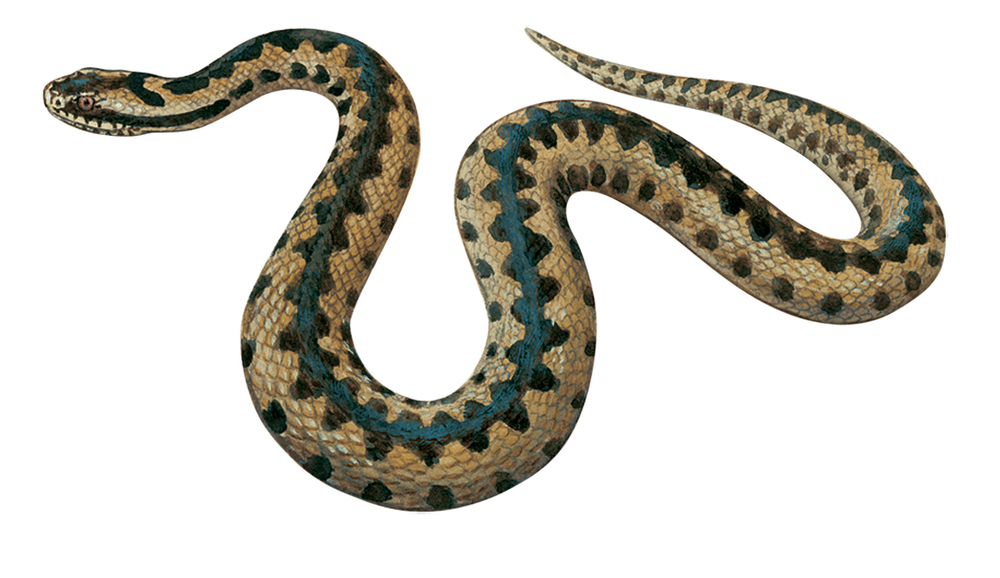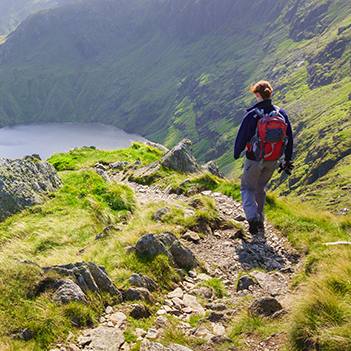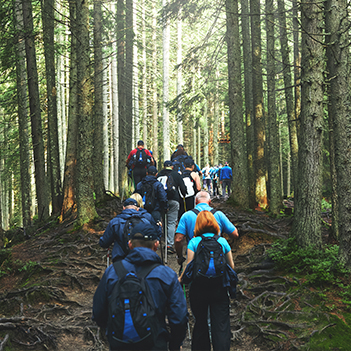Keeping Safe
Long Distance walking is not a particularly dangerous pastime and the ‘hundred’ event is no exception, but accidents can happen.
We are providing first aid cover at the HQ and Breakfast Venue, but, for long periods of the route, you will be inaccessible. If in doubt, ring the event emergency help number on the tally card.
By far the most likely causes of accidental injury on the 100 are trips and falls. Our advice is to be careful, especially at night and on rock edges. Take note of any warnings in the route description.
There are some other hazards that you should be aware of and these are discussed below.
Road traffic

Be careful when walking along or crossing roads in general but especially at night as some roads are narrow and drivers do not expect to encounter pedestrians, you should always be alert to the risk from traffic.
Pavements (including any path along the side of a road) should be used if provided. Where possible, avoid being next to the kerbside with your back to the traffic. If you have to step into the road, look both ways first.
If there is no pavement, keep to the right-hand side of the road so that you can see oncoming traffic. You should take extra care.
- Be prepared to walk in single file, especially on narrow roads or in poor light.
- Keep close to the side of the road.
- It may be safer to cross the road well before a sharp right-hand bend so that oncoming traffic has a better chance of seeing you. Cross back after the bend.
Help other road users to see you. Wear or carry something light-colored, bright or fluorescent in poor daylight conditions. When it is dark, use reflective materials (e.g. armbands, sashes, waistcoats, jackets, footwear), which can be seen by drivers using headlights up to three times as far away as non-reflective materials.
Farm animals

You will all be experienced walkers and will be used to farm animals. About two walkers a year die from attacks by farm animals, but most have dogs with them which aggravate the risk. We will try to ensure that the route is clear of animals as far as is practical, but we are passing through working farms and there will be animals on the route at some points. The following advice is a precis of the Ramblers Association advice.
- Stop, look and listen on entering a field. Look out for any animals and watch how they are behaving, particularly bulls or cows with calves.
- Don’t put yourself at risk by walking close to cattle.
- Try to avoid getting between cows and their calves.
- Be prepared for cattle to react to your presence. Don’t panic or run – most cattle will stop before they reach you; if they follow just walk on quietly.
- Remember to close gates behind you when walking through fields containing livestock
- If cattle are obstructing the path, find another way, by going around the cattle. If cattle are blocking a path through a field, you’re well within your rights to find a safe way, away from the path, to avoid them. You should then re-join the footpath as soon as possible
Ticks & Lyme Disease

Most tick bites are harmless
Only a small number of ticks are infected with the bacteria that cause Lyme disease.
A tick bite can only cause Lyme disease in humans if the tick has already bitten an infected animal.
But it's still important to be aware of ticks and to safely remove them as soon as possible, just in case.
Ticks that may cause Lyme disease are found all over the UK, but high-risk areas include grassy and wooded areas in southern England and the Scottish Highlands.
Many people with early symptoms of Lyme disease develop a circular red skin rash around a tick bite.
The rash can appear up to 3 months after being bitten by a tick and usually lasts for several weeks.
Most rashes appear within the first 4 weeks.
To remove a tick safely:
- Use fine-tipped tweezers or a tick-removal tool. You can buy these from some pharmacies, vets and pet shops.
- Grasp the tick as close to the skin as possible.
- Slowly pull upwards, taking care not to squeeze or crush the tick. Dispose of it when you have removed it.
- Clean the bite with antiseptic or soap and water.
The risk of getting ill is low. You do not need to do anything else unless you become unwell. From NHS. Advice
.Bees, wasps, and hornets

Statistically you are far more likely to die from an insect sting than from a snake bite. However, you should only be concerned if you are stung in the mouth, or if you experience breathing difficulties, in which case it is a genuine emergency. If you are likely to suffer from anaphylactic shock and have medication such as adrenaline, make sure you carry it with you.
Snakes

You are very unlikely to be bitten by a snake, but, if you are, don't panic. No one in the UK has died from an adder bite since 1975, and you are several times more likely to die from being struck by lightning. See the NHS advice.
In summary, you should
- Remain calm. Adder bites are not usually serious and are very rarely deadly.
- Keep the part of your body that has been bitten as still as possible to prevent the venom spreading around your body.
- Remove any rings, jewellery or watches from the bitten limb because they could cut into your skin if the limb swells.
- Do not attempt to remove any clothing, such as trousers, but loosen clothing if possible.
- Seek medical attention.
- Don't try to treat the wound in any way (no sucking out the venom or anything like that). If you find someone who has been bitten, stay with them until help arrives.
And if you fancy more H&S reading please find our Risk Assessment Here




